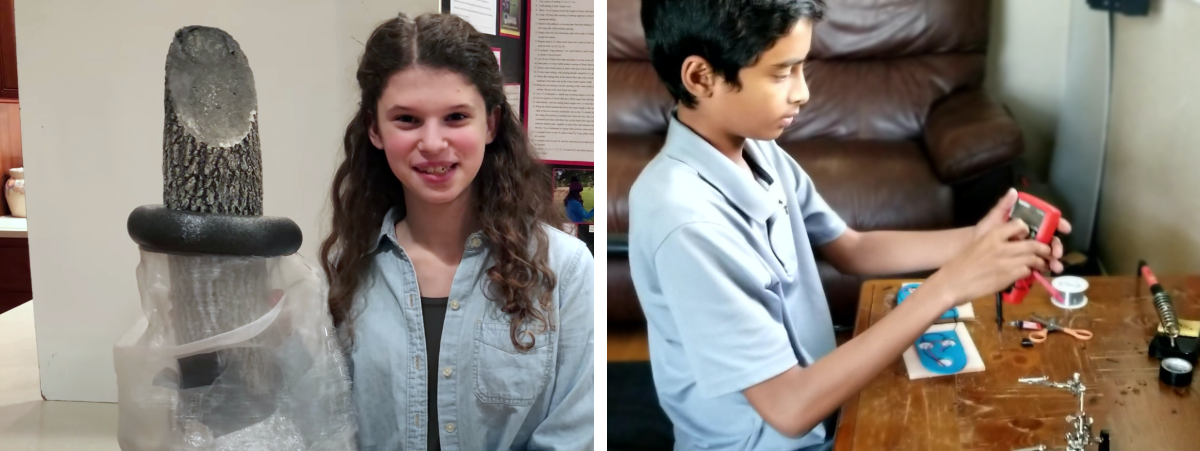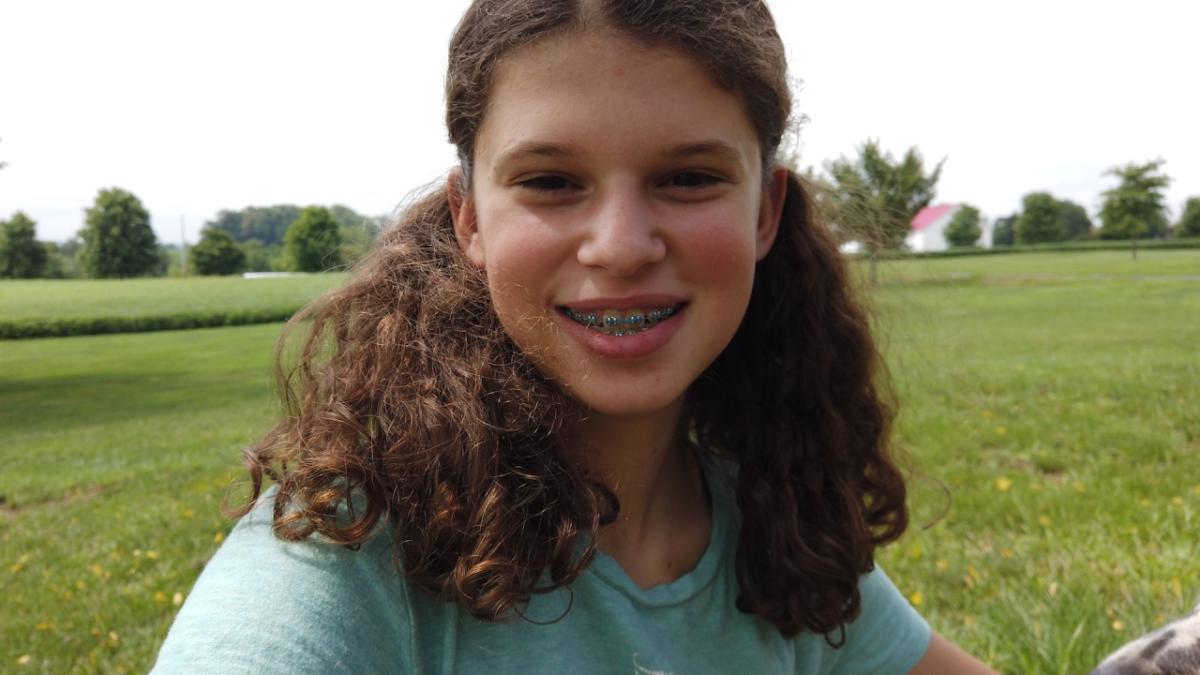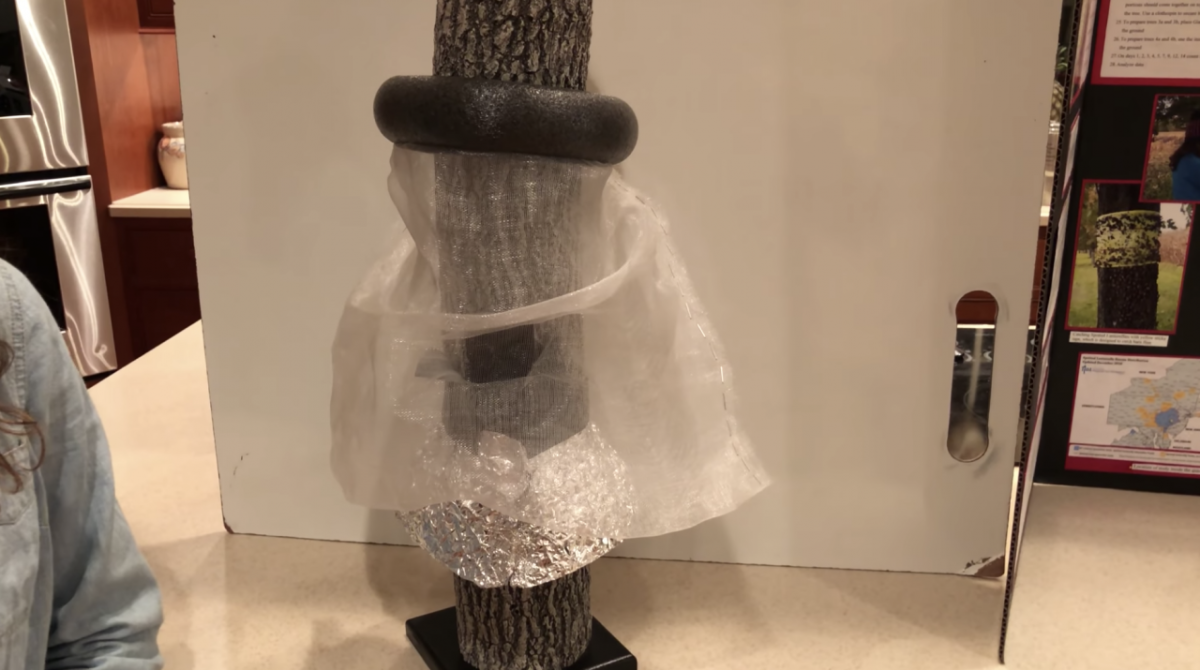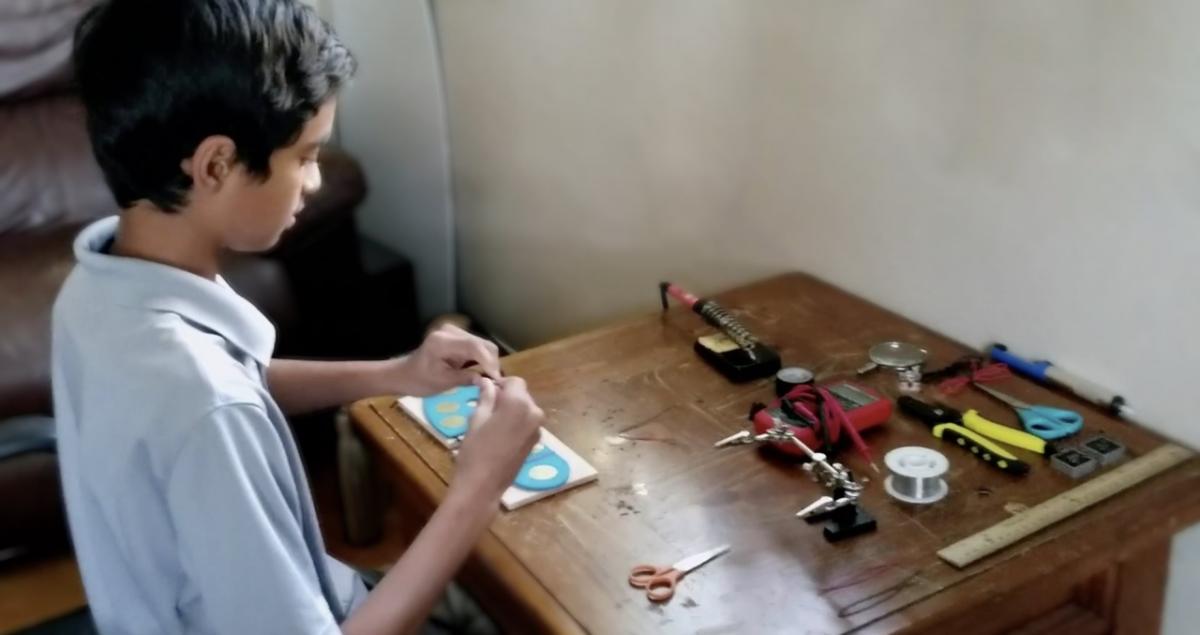2020 Vision: Koch 'Young Visioneers' Focused on Innovating for a Better Future
And the 2020 Koch Young Visioneers are... (drumroll please)
This year’s Invention Convention U.S. Nationals may have taken a new format due to COVID-19, but that didn’t deter hundreds of students representing schools across the country from submitting their ideas and pitches for this year’s fully remote competition. From this deep pool of inventive thinking, two students were selected as 2020 Koch Young Visioneers – a special award sponsored by Koch Industries recognizing student innovators whose ideas stand to benefit society.
Rachel, a sophomore from Pennsylvania, is working to stop an invasive species from destroying trees that are important to her local economy. Dhruva, a Florida eighth-grader, wants to help bring electricity to the nearly 1 billion people around the world who lack a reliable power source. What these Young Visioneers share are their innovative approaches and focus on the greater good.
Over the course of two weeks, Rachel and Dhruva attended online sessions hosted by Koch employees with varied backgrounds, expertise and business units, including Molex, Georgia-Pacific and Advance Concepts. These sessions were tailored to the two students and their inventions. The pair pitched their ideas and considered constructive feedback and direction for taking their prototypes to the next level. Rachel and Dhruva left their sessions supercharged and ready to take on the world’s challenges.
TRAPPING A PROBLEMATIC PESTWhen an invasive insect species, the spotted lanternfly, descended on the trees around Rachel’s Pennsylvania home, she quickly recognized that the most popular solution for trapping them wasn’t actually very effective – and was causing collateral damage.
“You’ll see lots of trees covered with these yellow papers… called yellow sticky tape, and that’s what we did,” Rachel said. “[But] it catches a lot of other insects and even once caught a bird. It was causing so much harm because a lot of these insects are good for the environment. That’s when I decided, ‘I need to find a better way to do this.’”
That better way was Rachel’s 2020 Koch Young Visioneer Award-winning spotted lanternfly trap. She observed and identified the lanternfly’s habits, then used its curious instinctual movements — crawling upward and toward dark colors — to lure large numbers of them into her trap. Utilizing everyday, off-the-shelf items, Rachel developed her first prototype, which she hopes can one day help her home state solve this expensive pest problem.
“It’s estimated that these little buggers could cost Pennsylvania millions of dollars,” she said. “That’s a lot of money.” In fact, a Penn State study released in January 2020 estimated the spotted lanternfly is costing the Pennsylvania economy about $50 million annually.
To help Rachel refine her idea and make her prototype even more effective, Koch design and environmental experts — including Bobby Maddrey, Georgia-Pacific’s director of global forestry and biodiversity — set up a series of one-on-one Young Visioneer innovation sessions. For Bobby, who has extensive experience mitigating invasive insects that prey on trees, similar to the spotted lanternfly, it’s a problem that hits close to home in his role at Georgia-Pacific.
“We first started hearing about issues with this particular insect about two years ago,” Bobby said. “We have a mill up in Northwestern Pennsylvania, [and the fly is] getting closer to where we actually purchase fiber.”
Bobby has encountered similar invasive species over the course of his long career, such as the gypsy moth and emerald ash borer – two insects that have ravaged U.S. hardwood trees. Drawing on this experience, he recommended some improvements to Rachel’s trap while praising her ingenuity in developing a solution superior to the market’s existing offerings.
“I think it’s better than what’s out there right now,” Bobby said. “That sticky tape is not the answer.”
For Rachel, it was just the feedback and encouragement she needed — not only to improve her prototype, but to stoke her curiosity and passion for invention. “This Young Visioneer experience has really helped me, and I am super excited for what else I’m going to be able to accomplish now that I’ve been given more supplies and just more fire to keep going and keep experimenting.”
GENERATING ENERGY, ONE STEP AT A TIMEWhen Dhruva saw students from Georgia Tech demonstrating piezoelectric floor tiles during a visit to the Kennedy Space Center, he was inspired to take the idea a step further. Now, piezoelectricity — electric polarization produced from mechanical stress — is the force behind his En.Gen.Shoes, the invention that earned Dhruva a 2020 Koch Young Visioneer Award.
En.Gen.Shoes are energy-generating footwear with connected piezoelectric discs integrated into the soles. Every step the wearer takes generates polarized current, which is converted to energy and stored in an onboard lithium ion battery. While Dhruva acknowledges a shoe or two may not seem like they will generate a large amount of energy, the invention could potentially make a real impact in places where lack of infrastructure keeps reliable electricity out of reach for so many.
“More than 12% of the world’s population doesn’t have access to any electricity, which is close to 1 billion people,” said Dhruva. One of his aspirations for the device is to provide small amounts of electricity immediately to people in developing countries who are still waiting for the power grid and infrastructure they need. Dhruva believes his invention could also be a step toward a portable, renewable power source for the cellphones and other digital devices we rely on every day.
“We don’t have an endless supply of natural resources to keep up with our energy demands,” Dhruva adds. “If you consume electricity, then you have the responsibility to care, because we all live on this earth together.”
During his remote Young Visioneer sessions with Koch this summer, Dhruva received feedback to help improve his design, guidance on creating a website, and marketing his invention. He also learned to use collaborative concepting tools such as Mural. But some of the best advice he got was from 2020 Young Visioneer session leader Eric Peterson, a human-centered design lead with the Koch idea incubator Advance Concepts.
“Making progress is a lot of times more important than making something perfect,” Eric told Dhruva. “Often, by the time you get it perfect, it doesn’t matter, because you’ve missed the opportunity.”
Having developed his prototype through multiple iterations, Dhruva continues to make progress toward his goal of providing accessible electric power to the global community. And with the Young Visioneer experience now backing his vision, he has a better idea of where his inventing path may lead.
“This opened my eyes to different areas that might interest me when I grow up,” Dhruva said. “My experience was amazing.”






